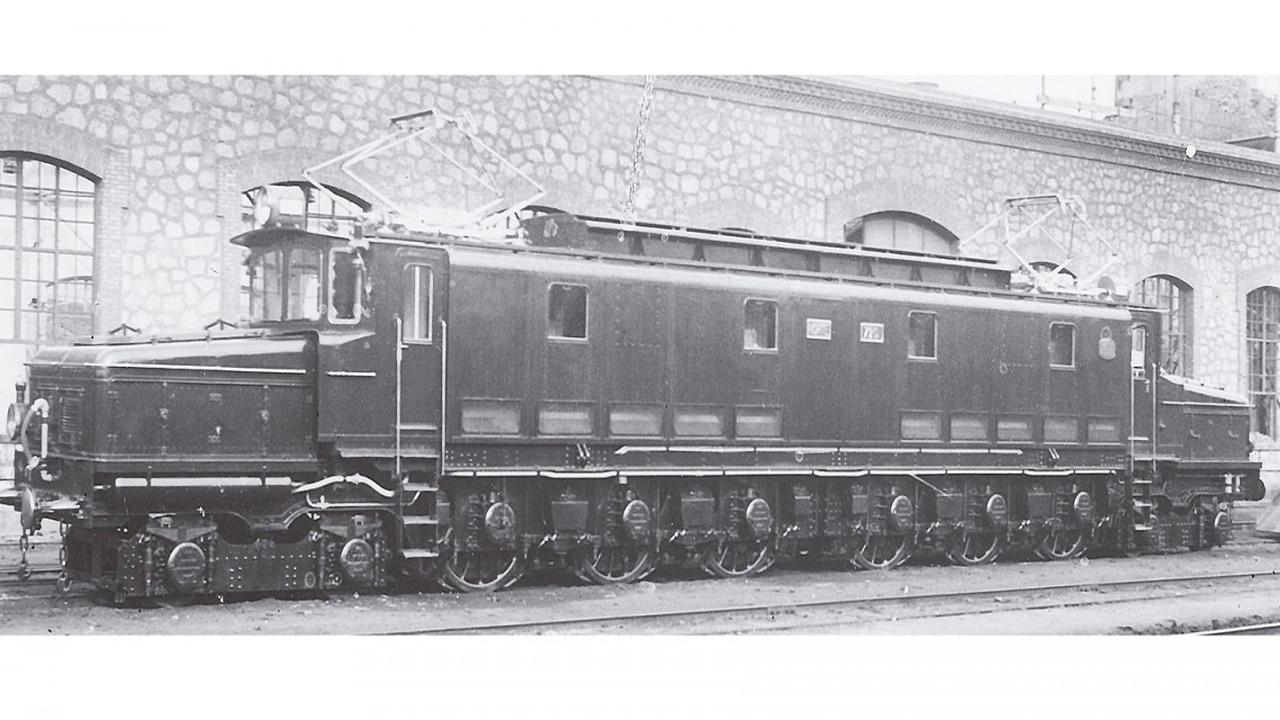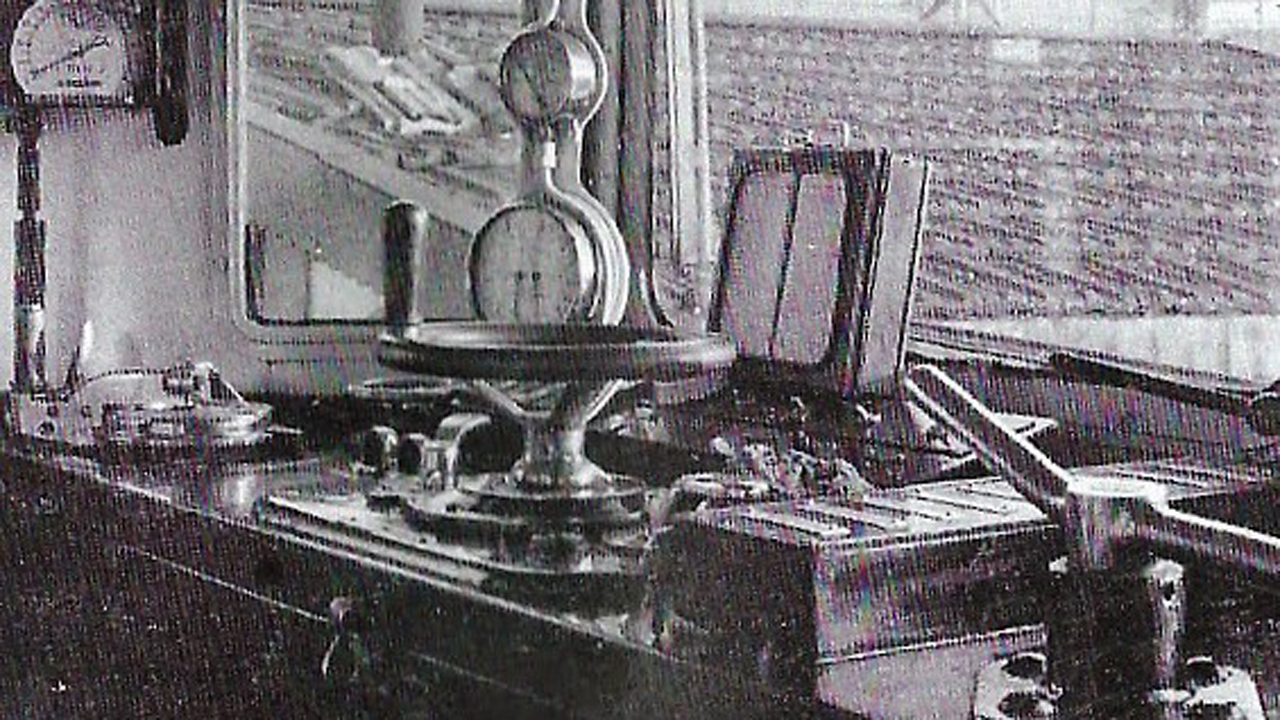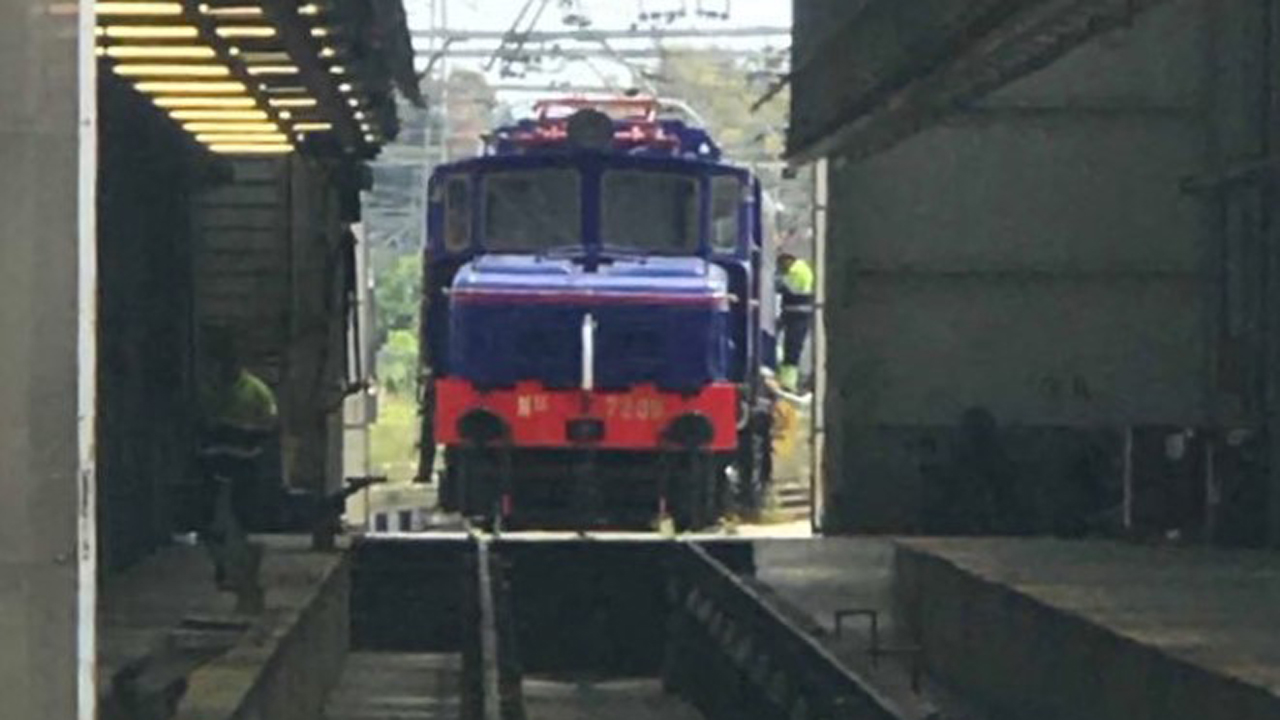
"Cocodrilo" locomotive parked, half 20th century

Image of the original interior of the cab

The "Cocodrilo" at the Museum, 90s

Transfer to the Museum after its restoration at Renfe Workshops, 2018
18 - Electric locomotives. The "Cocodrilo"
The “Cocodrilo” belongs to the first generation of
electric locomotives. It is from Switzerland, a mountainous
country in which electric engines were quickly adopted.
These locomotives radically improved the railway’s energy
consumption. In fact, when going downhill they return part
of their energy to the network, apart from being quicker and
more silent than steam and diesel engines. They need less
maintenance, double the load capacity and have more
features. Being a lot easier and cleaner to drive than steam
locomotives, their appearance was a real revolution for
drivers. The disadvantage is that it is very expensive to
electrify railway lines. However, the present and future of
the railway is linked to electricity: the fastest trains in
the world are all electric.
The locomotive’s nickname appears to come from its peculiar
shape. This series of engines was built in the late 1920s
and was purchased by the North Company after deciding to
electrify the line between Alsasua and Irún, which had a lot
of freight and passenger traffic. Later on, they reached as
far as Miranda de Ebro and Burgos. They were built to
operate at 1,500 volts, which was how the first
electrifications were designed. In the mid-20th century, a
plan was approved to electrify all of Renfe’s main lines,
while raising the voltage to 3,000 V, which enabled more
powerful locomotives to be built. The plan was initially
implemented in Catalonia. Their withdrawal began in 1967,
with the appearance of dual-voltage locomotives (1,500 and
3,000 V), and concluded in 1976.


